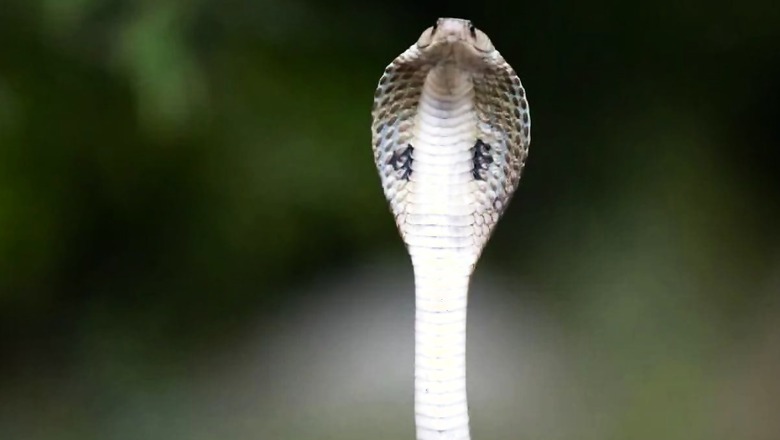
views
Nag Panchami, a traditional Hindu festival, is dedicated to the worship of snakes and is celebrated on the fifth day of the bright half of the lunar month of Sawan—Panchami Tithi of Shukla Paksha in the month of Sawan—falling this year on August 9.
This festival highlights the deep reverence for snakes, particularly cobras, which are seen as symbols of fertility, protection and the life force. On this auspicious day, the shape of a snake is traditionally created on the walls of houses using cow dung.
Pandit Basant Sharma Maharaj, the priest of the Durga Temple in the old irrigation colony of Janjgir district headquarters, shares insights into the significance of worshipping Nagas during Nag Panchami. According to him, Nagas are considered protectors of treasures and sacred places. Worshipping them is believed to offer protection from snake bites and other dangers. Lord Shiva, who is often depicted with a snake coiled around his neck, symbolises his mastery over death and his control over the destructive forces of nature.
Pandit Ji explains that Takshak Nag is the primary deity worshipped on Nag Panchami. The snake’s shape is drawn on the walls instead of the ground to avoid it being stepped on, which would be considered disrespectful. Near the mouth of the snake figure, cotton and sandalwood tilak are applied and the figure is erased on the day of Pora.
He also mentions that it is considered auspicious for a newly married bride to offer Nag puja to the snake figure on the wall. After the household puja, offerings of raw milk and puffed rice are placed in fields, at a Shiva temple, or near a mud snake burrow to honour the snake god. On Nag Panchami, farmers traditionally refrain from working in the fields and do not use iron agricultural tools as a mark of respect for the sacred day.
















Comments
0 comment